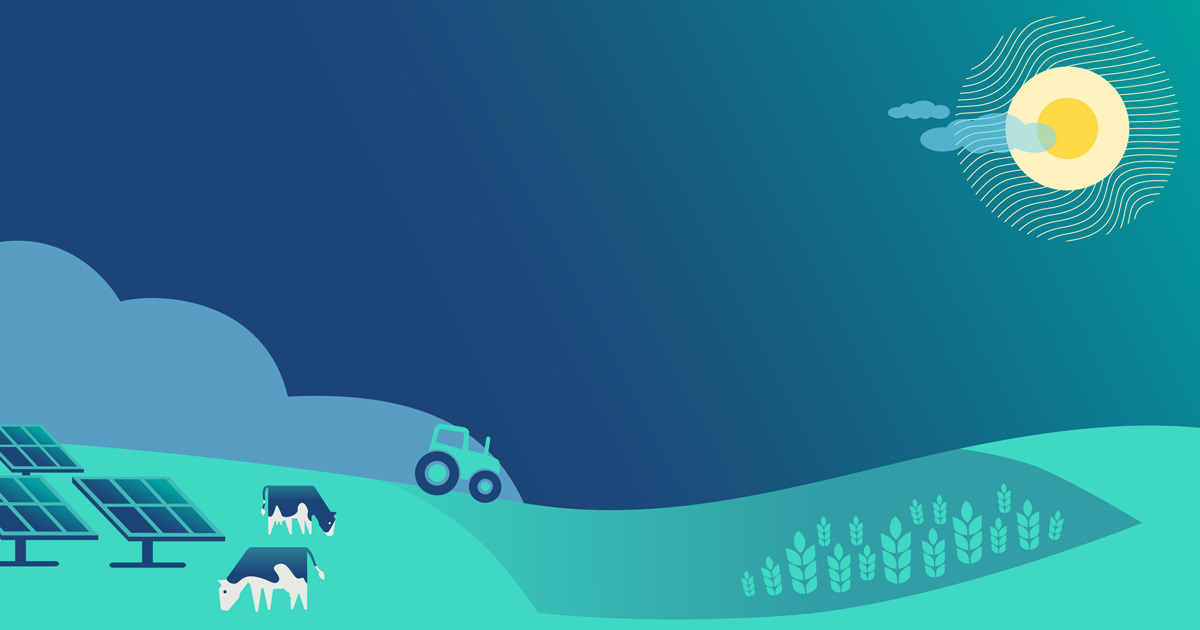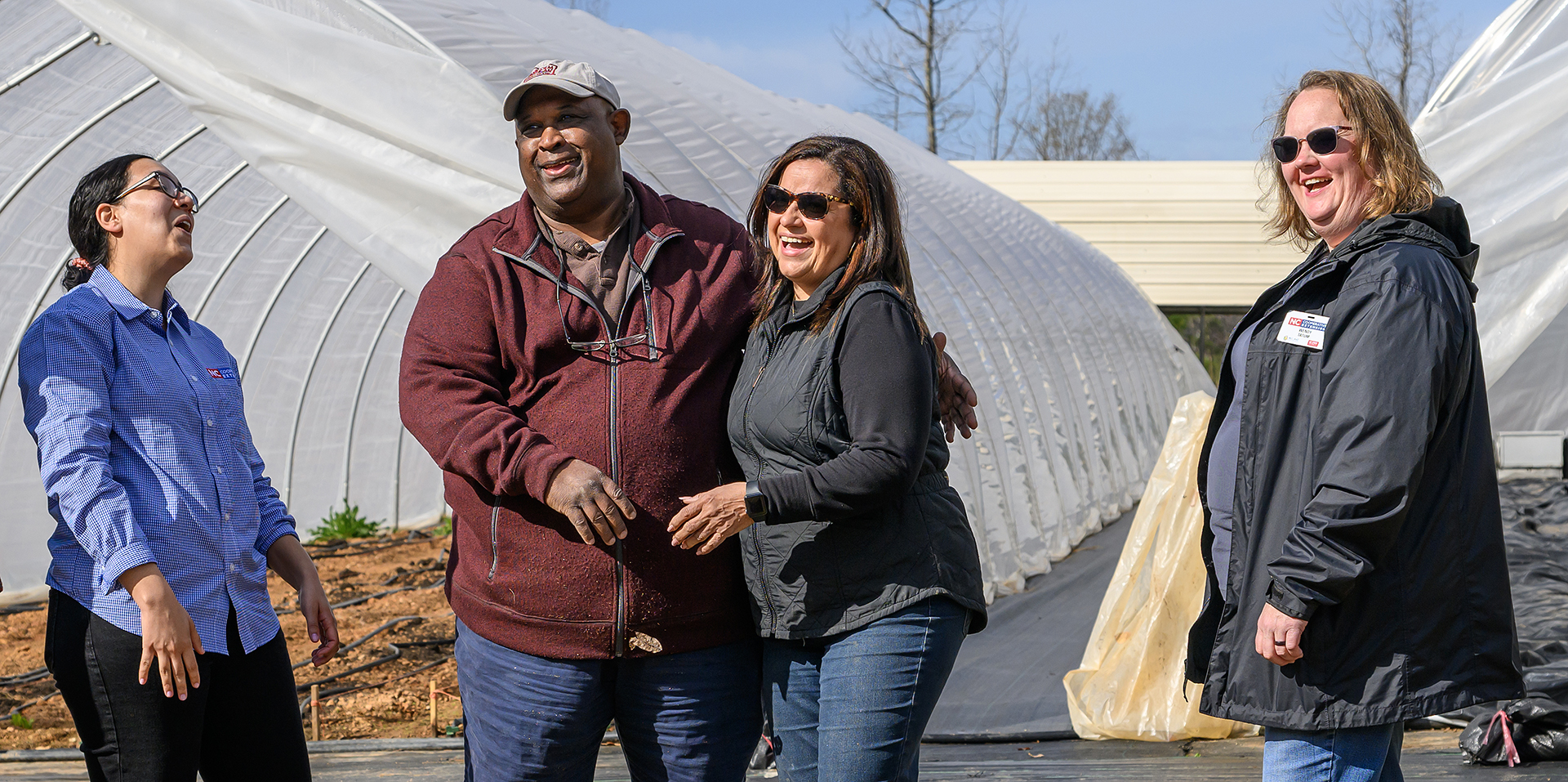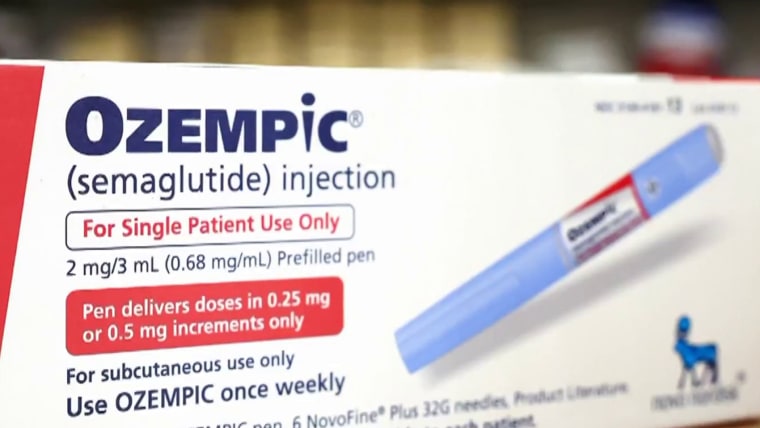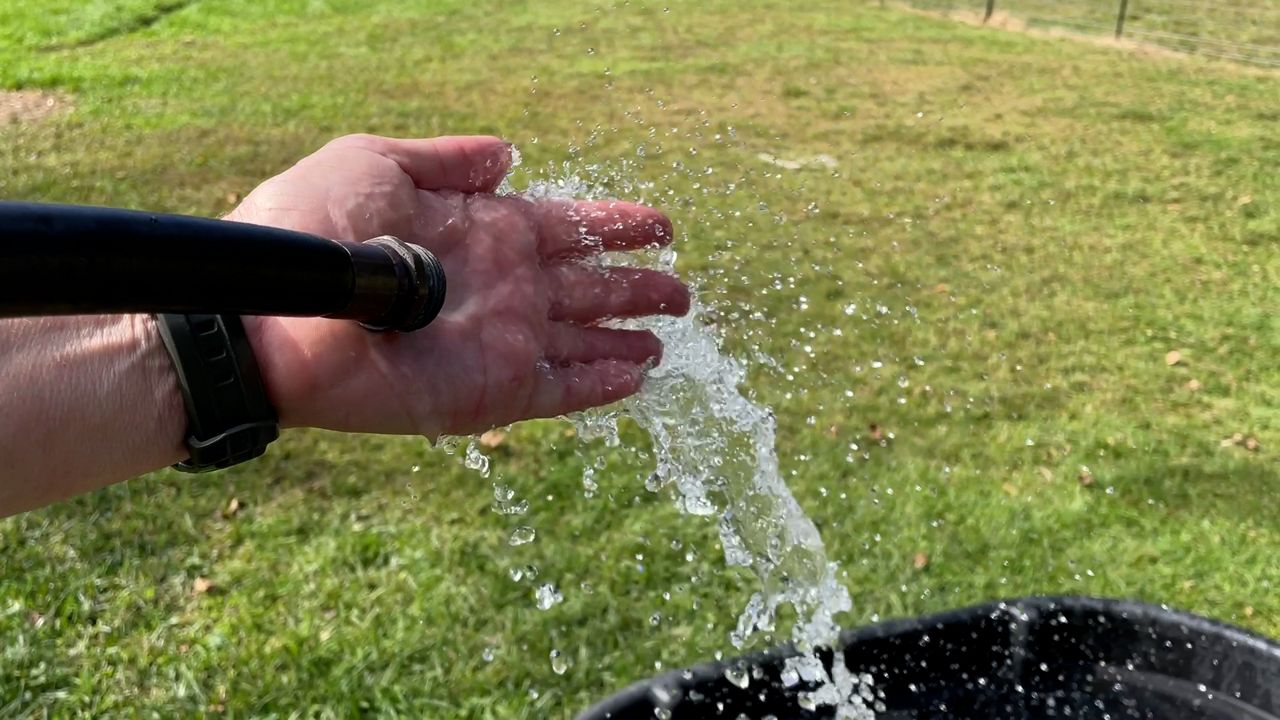FAO and MOA Scaling up Climate-Smart Agriculture practices in Central and Southern Iraq [EN/AR] – ReliefWeb
![FAO and MOA Scaling up Climate-Smart Agriculture practices in Central and Southern Iraq [EN/AR] – ReliefWeb](https://figures.academia-assets.com/112199727/table_008.jpg?#)
Report on Farmer Field School Training Workshop in Najaf, Iraq
1.0 Introduction
A specialized training workshop focused on the establishment and management of Farmer Field Schools (FFS) for green fodder cultivation and improved animal feeding concluded in Najaf Governorate on 14 September 2025. This initiative is a component of the “Integrating Climate-Smart Agricultural Practices for Women’s Empowering in Iraq” project. The project is funded by the Government of Norway and implemented by the Food and Agriculture Organization of the United Nations (FAO) in partnership with the Iraqi Ministry of Agriculture. The workshop directly supports the advancement of several Sustainable Development Goals (SDGs) by building local capacity for resilient and equitable agricultural systems.
2.0 Project Framework and Alignment with Sustainable Development Goals
The overarching project aims to create a sustainable agricultural sector in Iraq by addressing climate challenges and promoting gender equality. Its design is fundamentally aligned with the 2030 Agenda for Sustainable Development.
- SDG 5 (Gender Equality): The project places significant emphasis on empowering rural women, recognizing them as key drivers of sustainable development and food security.
- SDG 13 (Climate Action): A core objective is to integrate climate-smart agricultural practices to build resilience against climate change impacts.
- SDG 17 (Partnerships for the Goals): The initiative exemplifies a strong partnership between the Government of Norway, the FAO, and national and local Iraqi authorities to achieve common development goals.
3.0 Workshop Objectives and Strategic Contributions
The workshop was designed to achieve specific outcomes that contribute directly to key SDG targets. As stated by FAO Representative Dr. Salah El Hajj Hassan, FFS serve as a practical approach to address climate change challenges and build the capacities of farmers, particularly rural women.
- Enhance Institutional Capacity: To strengthen the skills of agricultural extension staff in establishing and managing FFS, thereby improving agricultural support systems in line with SDG 2 (Zero Hunger).
- Promote Sustainable Practices: To build participants’ technical skills in green fodder cultivation and improved animal feeding, directly supporting SDG 2 and SDG 1 (No Poverty) by enhancing productivity and food security.
- Advance Gender Equality: To develop effective communication skills for engaging with all farmers, with a particular focus on women, to advance SDG 5 (Gender Equality) in the agricultural sector.
- Build Climate Resilience: To integrate climate-smart agriculture practices to foster sustainability and resilience, a core target of SDG 13 (Climate Action).
- Foster Economic Growth: To strengthen participants’ ability to create and implement action plans for scaling up best practices, supporting long-term progress toward SDG 8 (Decent Work and Economic Growth).
4.0 Key Outcomes and Implementation Plan
The workshop will result in the establishment of 25 specialized Farmer Field Schools across the governorates of Karbala (12), Thi Qar (7), and Basra (6). These schools will serve as hubs for knowledge transfer and practical application of sustainable techniques.
- Contribution to SDG 1 & SDG 8: The FFS will promote climate-smart agricultural practices to support sustainable rural livelihoods and increase household incomes, directly addressing targets within No Poverty and Decent Work and Economic Growth.
- Contribution to SDG 2 & SDG 5: By focusing on building the capacities of rural women, the initiative strengthens their role in supporting national food security and enhances their economic empowerment, contributing to both Zero Hunger and Gender Equality.
5.0 Conclusion
The workshop represents a critical step in translating strategic training into practical, on-the-ground action. The commitment of participants to apply these skills in rural communities is essential for enhancing farmer productivity, increasing incomes, and advancing the sustainable agricultural development agenda in Iraq. This initiative demonstrates a targeted approach to achieving multiple SDGs through integrated, climate-resilient, and gender-responsive agricultural development.
Analysis of the Article in Relation to Sustainable Development Goals
1. Which SDGs are addressed or connected to the issues highlighted in the article?
The article highlights issues and initiatives that are directly connected to several Sustainable Development Goals (SDGs). The project’s focus on agriculture, food security, women’s empowerment, climate change adaptation, and partnerships clearly aligns with the 2030 Agenda for Sustainable Development. The primary SDGs addressed are:
- SDG 2: Zero Hunger: The core of the project is to improve agricultural practices, enhance farmer productivity, and support food security.
- SDG 5: Gender Equality: A central theme of the project is the empowerment of women, specifically rural women, by building their capacities and strengthening their role in agriculture.
- SDG 13: Climate Action: The project explicitly aims to address the challenges of climate change by promoting climate-smart agriculture and building resilience.
- SDG 17: Partnerships for the Goals: The initiative is a collaborative effort involving multiple stakeholders, including a national government, an international organization, and local authorities.
2. What specific targets under those SDGs can be identified based on the article’s content?
Based on the activities and objectives described in the article, several specific SDG targets can be identified:
-
SDG 2: Zero Hunger
- Target 2.3: “By 2030, double the agricultural productivity and incomes of small-scale food producers, in particular women…” The article directly supports this target by stating the project’s aim is to “enhances farmers’ productivity, increases their income” and has a “particular focus on building the capacities of rural women.”
- Target 2.4: “By 2030, ensure sustainable food production systems and implement resilient agricultural practices that increase productivity and production… and strengthen capacity for adaptation to climate change…” The article repeatedly mentions the goal of promoting “climate-smart agricultural practices,” building “resilience and sustainability,” and supporting “climate change adaptation and sustainable agriculture.”
-
SDG 5: Gender Equality
- Target 5.5: “Ensure women’s full and effective participation and equal opportunities for leadership at all levels of decision-making in political, economic and public life.” The project, titled “Integrating Climate-Smart Agricultural Practices for Women’s Empowering in Iraq,” directly addresses this by aiming to strengthen the “role [of rural women] in supporting food security and increasing household incomes,” thereby enhancing their economic participation.
- Target 5.a: “Undertake reforms to give women equal rights to economic resources, as well as access to… financial services… and natural resources…” The Farmer Field Schools provide women with access to knowledge and skills, which are critical economic resources. The training on “green fodder cultivation and improved animal feeding” gives them tools to improve their economic standing.
-
SDG 13: Climate Action
- Target 13.1: “Strengthen resilience and adaptive capacity to climate-related hazards and natural disasters in all countries.” The article states that the project focuses on integrating “climate-smart agriculture practices to build resilience and sustainability.”
- Target 13.3: “Improve education, awareness-raising and human and institutional capacity on climate change mitigation, adaptation, impact reduction…” The workshop and the establishment of Farmer Field Schools are direct actions to “transferring knowledge and experience to address the challenges of climate change” and “build the capacities of farmers, particularly rural women.”
-
SDG 17: Partnerships for the Goals
- Target 17.16: “Enhance the Global Partnership for Sustainable Development, complemented by multi-stakeholder partnerships…” The article clearly describes such a partnership, noting the project is “funded by the Government of Norway and implemented by the Food and Agriculture Organization of the United Nations (FAO) in close collaboration with the Ministry of Agriculture and local authorities.”
3. Are there any indicators mentioned or implied in the article that can be used to measure progress towards the identified targets?
The article implies several quantitative and qualitative indicators that can be used to measure progress towards the identified targets:
- For SDG 2 (Zero Hunger):
- Implied Indicator: Increase in farmer productivity and income. The article mentions the goal is to “enhances farmers’ productivity, increases their income.” Progress could be measured by tracking changes in crop/fodder yield and household income for participating farmers.
- Implied Indicator: Number of farmers adopting sustainable practices. The establishment of “25 specialized Farmer Field Schools” is a direct output, and the number of farmers who subsequently adopt the taught practices would be a key indicator.
- For SDG 5 (Gender Equality):
- Implied Indicator: Number and proportion of women trained. The project has a “particular focus on building the capacities of rural women,” so tracking the number of women attending the Farmer Field Schools is a direct measure of progress.
- Implied Indicator: Increase in women’s household income. The goal of “increasing household incomes” with a focus on women implies that measuring the change in income for female-led or participating households is a relevant indicator.
- For SDG 13 (Climate Action):
- Implied Indicator: Number of people trained in climate change adaptation. The article mentions the workshop was attended by the “Director General of the Agricultural Extension and Training Directorate… and large number of participants,” all of whom were trained on climate-smart practices. The number of farmers trained in the 25 new schools would also serve as an indicator.
- Implied Indicator: Number of institutions with strengthened capacity. The project aims to “strengthen the capacities of agricultural extension staff,” which can be measured through evaluations and the successful establishment and management of the Farmer Field Schools.
4. Table of SDGs, Targets, and Indicators
| SDGs, Targets and Indicators | Targets | Indicators (Mentioned or Implied in the Article) |
|---|---|---|
| SDG 2: Zero Hunger | 2.3: Double the agricultural productivity and incomes of small-scale food producers, especially women.
2.4: Ensure sustainable food production systems and implement resilient agricultural practices. |
– Increase in farmers’ productivity and income. – Number of farmers trained in and adopting climate-smart agricultural practices. |
| SDG 5: Gender Equality | 5.5: Ensure women’s full and effective participation and equal opportunities in economic life.
5.a: Give women equal rights and access to economic resources. |
– Number and proportion of rural women participating in Farmer Field Schools. – Increase in household incomes for participating women. |
| SDG 13: Climate Action | 13.1: Strengthen resilience and adaptive capacity to climate-related hazards.
13.3: Improve education and human/institutional capacity on climate change adaptation. |
– Number of Farmer Field Schools (25) established to promote climate-smart practices. – Number of agricultural extension staff and farmers trained on climate change adaptation. |
| SDG 17: Partnerships for the Goals | 17.16: Enhance the Global Partnership for Sustainable Development through multi-stakeholder partnerships. | – Existence of the partnership between the Government of Norway (funder), FAO (implementer), and the Iraqi Ministry of Agriculture (collaborator). |
Source: reliefweb.int

What is Your Reaction?
 Like
0
Like
0
 Dislike
0
Dislike
0
 Love
0
Love
0
 Funny
0
Funny
0
 Angry
0
Angry
0
 Sad
0
Sad
0
 Wow
0
Wow
0














































.jpg.webp?itok=0ZsAnae9#)







:focal(1500,1000)/https://media.globalcitizen.org/a6/9a/a69a4720-d8a1-4715-b596-18738d03c05c/rotary_polio_hero_image.jpg?#)

/countries/sri-lanka/photo-credit---dmc-sri-lanka.tmb-1200v.jpg?sfvrsn=dc298bcc_1#)



















